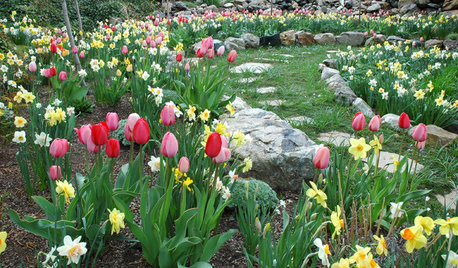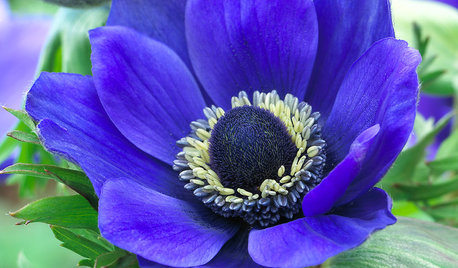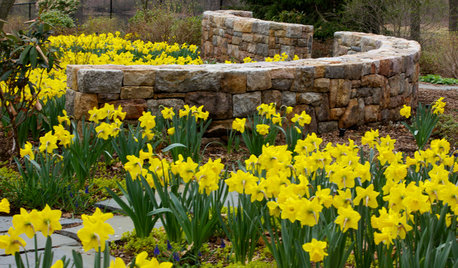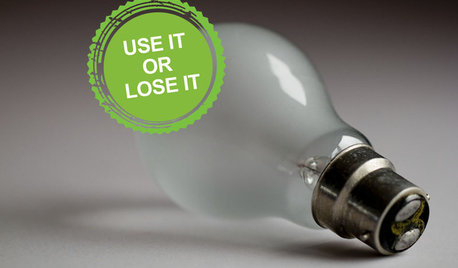Giving your Bulbs a Headstart
mariava7
16 years ago
Related Stories

GARDENING GUIDESGardening With Kids: How to Plant Bulbs
You don't need expertise to get flowering bulbs in the ground in fall — but kids will feel like gardening pros come spring
Full Story
GARDENING GUIDES6 Unsung Bulbs for Fall Planting
Don't hang up your spade after summer — plant these unusual bulbs in fall for a spectacular spring show
Full Story
FALL GARDENING6 Splendid Blue-Flowering Bulbs
How do you blue? With colors from sky to cobalt, these bulbs will greet you merrily in a spring garden
Full Story
GARDENING GUIDES10 Beautiful Ways to Landscape With Bulbs
Planting bulbs wisely in fall can turn a spring garden glorious with joyful colors and profuse blooms that last through summer
Full Story
GARDENING GUIDES7 Bulbs That Flourish in Mild Climates
Fall planting: For gardens that don't see harsh winters, different guidelines for choosing and planting spring-blooming bulbs apply
Full Story
LIGHTINGGuest Picks: Exposed Bulb Lighting
Celebrate the filament bulb with 20 stylish lighting options
Full Story
GARDENING GUIDES7 Tropical Bulbs for a Summer Garden That Wows
Try these stunners in summer's powerful heat for garden thrills with an exotic flair
Full Story
LIGHTINGAntique Chic: Edison Bulbs
Industrial-Style Filament Bulbs Reinvent Lighting (Again)
Full Story
DECORATING GUIDESLose It: How to Get Rid of Old Light Bulbs
When the light goes out, you'll want to get rid of the bulb safely. Here's how
Full Story
HOUSEPLANTSHow to Force Amaryllis Bulbs Indoors
Enjoy vibrant red blossoms even as gardens turn snowy white, by teaching this hardy repeat performer to ignore the calendar
Full StoryMore Discussions



soultan
haxuan
Related Discussions
Ranunculus Bulbs give away
Q
What does it mean to give your onions a haircut?
Q
Please give me your opinion/advice on achieving my goal.
Q
Do you like your Edison bulbs?
Q
ryan820
mariava7Original Author
haxuan
soultan
cuddlyotter
jodik_gw
mariava7Original Author
jodik_gw
mariava7Original Author
soultan
jodik_gw
soultan
jodik_gw
soultan
jodik_gw
soultan
jodik_gw
soultan
jodik_gw
soultan
cindeea
jodik_gw
mariava7Original Author
jodik_gw
soultan
mariava7Original Author
jodik_gw
mariava7Original Author
soultan
mariava7Original Author
jodik_gw
soultan
jodik_gw
soultan
jodik_gw
soultan
jodik_gw
soultan
jodik_gw
soultan
jodik_gw
soultan
jodik_gw
soultan
jodik_gw
paxfleur
soultan